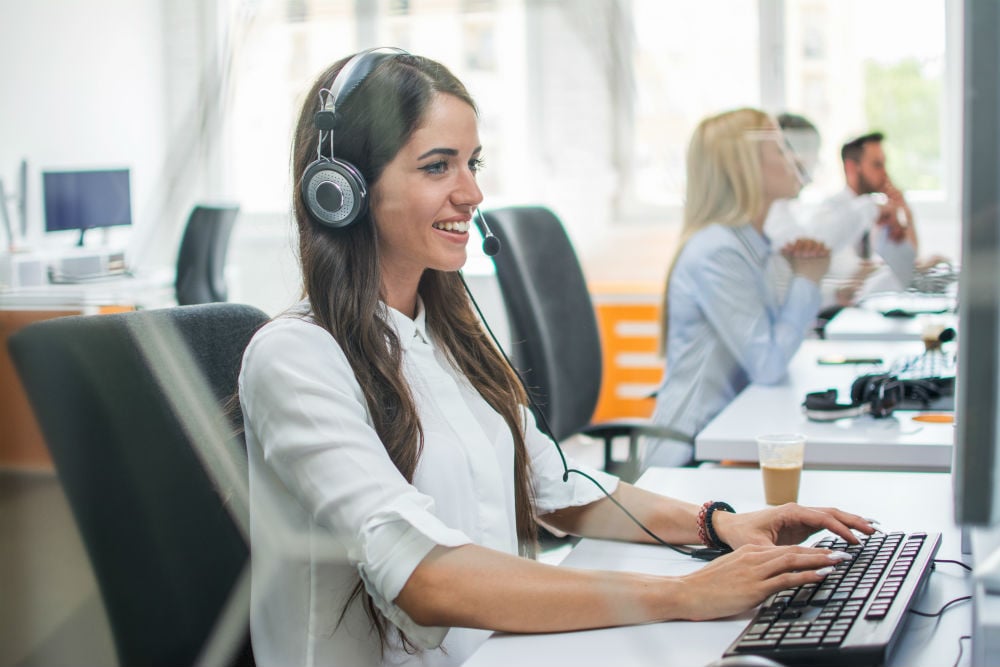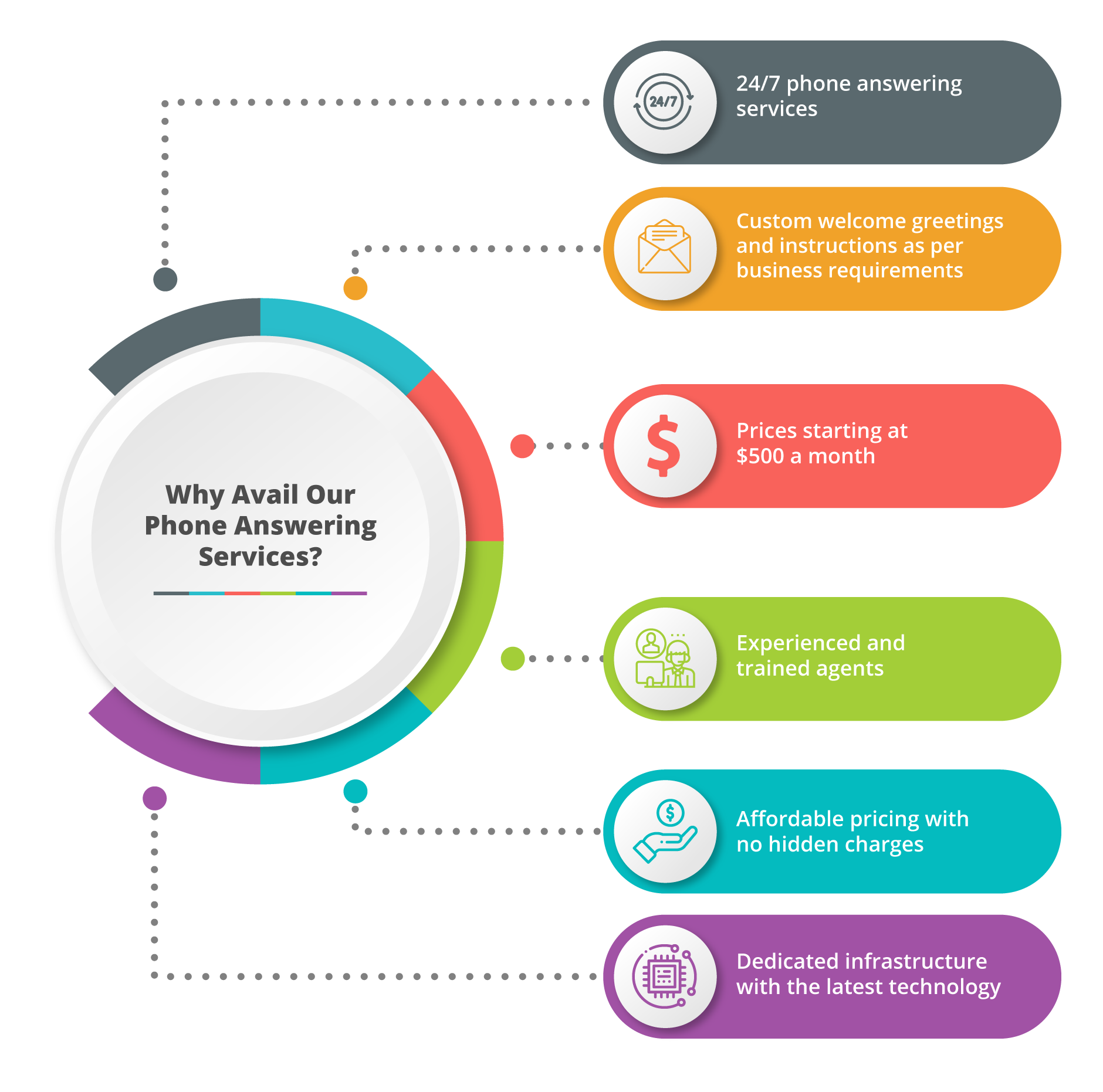All Categories
Featured
Table of Contents
- – What Is The Best How To Call Forward To An Answ...
- – When Are Best Automated Answering Services - H...
- – What Is The Best What Is An Answering Service?...
- – When Are Best How Outsourced Phone Answering ...
- – What Are The Best Virtual Receptionist & Phon...
- – What Are The Best How To Call Forward To An ...
What Is The Best How To Call Forward To An Answering Service Product?
This gadget and its successors were designed by Sava Jacobson, an electrical engineer with a private consulting business. While early voice mail used magnetic tape innovation, many modern equipment uses strong state memory storage; some devices utilize a mix of both, with a solid-state circuit for the outgoing message and a cassette for the incoming messages.
"toll saving" listed below) (virtual telephone answering). This works if the owner is evaluating calls and does not want to consult with all callers. In any case after going, the calling celebration should be notified about the call having been responded to (in many cases this starts the charging), either by some remark of the operator, or by some greeting message of the little bit, or resolved to non-human callers (e.
This holds especially for the Little bits with digitally saved welcoming messages or for earlier makers (prior to the rise of microcassettes) with a special limitless loop tape, different from a second cassette, devoted to recording. There have been answer-only gadgets with no recording abilities, where the welcoming message needed to notify callers of a state of current unattainability, or e (business call answering service).
When Are Best Automated Answering Services - How Do They Work? Sales

about availability hours. In taping Little bits the greeting typically consists of an invitation to leave a message "after the beep". An answering device that uses a microcassette to record messages On a dual-cassette answerphone, there is an outbound cassette, which after the specified number of rings plays a pre-recorded message to the caller.

Single-cassette voice mail consist of the outbound message at the start of the tape and incoming messages on the staying area. They first play the statement, then fast-forward to the next offered area for recording, then record the caller's message. If there are lots of previous messages, fast-forwarding through them can cause a considerable delay.
This beep is typically described in the greeting message, requesting that the caller leave a message "after the beep". Littles with digital storage for the tape-recorded messages do not show this delay, naturally. A TAD may provide a push-button control center, whereby the answerphone owner can sound the home number and, by getting in a code on the remote telephone's keypad, can listen to tape-recorded messages, or erase them, even when far from home.
What Is The Best What Is An Answering Service? The Ultimate Guide - Cms To Get

Thereby the maker increases the number of rings after which it answers the call (usually by 2, resulting in four rings), if no unread messages are currently saved, however responses after the set variety of rings (normally two) if there are unread messages. This permits the owner to discover out whether there are messages waiting; if there are none, the owner can hang up the phone on the, e.
Some makers likewise enable themselves to be remotely activated, if they have actually been switched off, by calling and letting the phone ring a certain large number of times (normally 10-15). Some service providers abandon calls already after a smaller sized number of rings, making remote activation difficult. In the early days of TADs a special transmitter for DTMF tones (dual-tone multi-frequency signalling) was regionally required for push-button control, given that the formerly utilized pulse dialling is not apt to convey appropriate signalling along an active connection, and the dual-tone multi-frequency signalling was executed stepwise.
Any inbound call is not recognizable with respect to these properties in advance of going "off hook" by the terminal devices. So after going off hook the calls must be switched to appropriate gadgets and only the voice-type is instantly available to a human, however possibly, nonetheless ought to be routed to a TAD (e.
When Are Best How Outsourced Phone Answering Service Can Help Your ... Sales
What if I informed you that you do not have to actually select up your gadget when answering a customer call? Someone else will. So practical, right? Answering phone calls doesn't require someone to be on the other end of the line. Efficient automated phone systems can do the trick simply as efficiently as a live representative and in some cases even much better.
An automatic answering service or interactive voice response system is a phone system that communicates with callers without a live individual on the line - answer phone service. When companies utilize this technology, consumers can get the answer to a question about your company simply by utilizing interactions established on a pre-programmed call circulation.
Although live operators update the customer support experience, lots of calls do not need human interaction. A basic taped message or instructions on how a consumer can obtain a piece of information usually solves a caller's immediate requirement - virtual call answering service. Automated answering services are a simple and reliable method to direct inbound calls to the best individual.
What Are The Best Virtual Receptionist & Phone Answering Services Australia Companies?
Notification that when you call a business, either for support or item query, the very first thing you will hear is a pre-recorded voice welcoming and a series of options like press 1 for customer care, press 2 for inquiries, and so on. The pre-recorded options branch off to other options depending on the customer's choice.
The phone tree system assists direct callers to the best individual or department utilizing the keypad on a smart phone. In some circumstances, callers can use their voices. It deserves keeping in mind that auto-attendant options aren't limited to the 10 numbers on a phone's keypad. As soon as the caller has picked their very first alternative, you can create a multi-level auto-attendant that uses sub-menus to direct the caller to the best kind of assistance.
The caller does not need to communicate with an individual if the auto-attendant phone system can manage their concern. The automated service can path callers to a worker if they reach a "dead end" and need help from a live representative. It is pricey to work with an operator or executive assistant.
What Are The Best How To Call Forward To An Answering Service Companies?
Automated answering services, on the other hand, are considerably less expensive and supply considerable cost savings at approximately $200-$420/month. Even if you do not have actually devoted staff to handle call routing and management, an automatic answering service enhances productivity by permitting your group to concentrate on their strengths so they can more effectively spend their time on the phone.
A sales lead routed to customer care is a lost shot. If a customer who has product concerns reaches the wrong department or gets incomplete answers from well-meaning staff members who are less trained to handle a particular kind of question, it can be a cause of disappointment and dissatisfaction. An automatic answering system can lessen the variety of misrouted calls, consequently helping your employees make much better usage of their phone time while freeing up time in their calendar for other jobs.
With Automated Answering Systems, you can create an individualized experience for both your personnel and your callers. Make a recording of your main welcoming, and just upgrade it frequently to reflect what is going on in your company. You can create as numerous departments or menu choices as you want.
Table of Contents
- – What Is The Best How To Call Forward To An Answ...
- – When Are Best Automated Answering Services - H...
- – What Is The Best What Is An Answering Service?...
- – When Are Best How Outsourced Phone Answering ...
- – What Are The Best Virtual Receptionist & Phon...
- – What Are The Best How To Call Forward To An ...
Latest Posts
Exceptional Small Business Answering Service Near Me
Top Small Business Answering Service
Bilingual Answering Service Near Me
More
Latest Posts
Exceptional Small Business Answering Service Near Me
Top Small Business Answering Service
Bilingual Answering Service Near Me